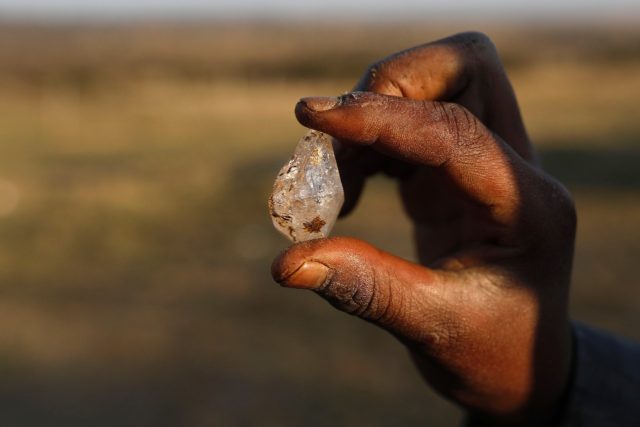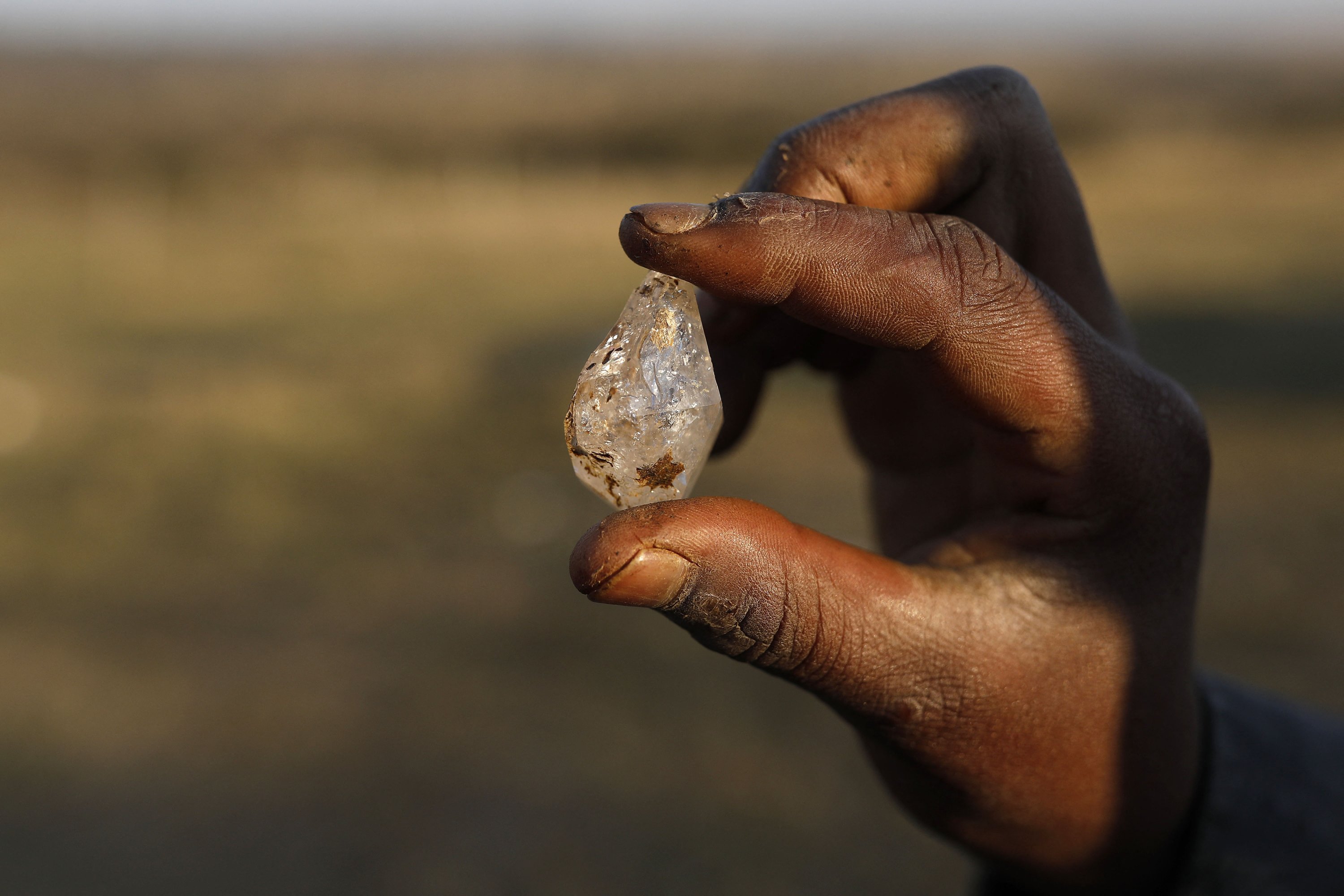


The Kimberley Mine was eventually closed in 1914 after yielding just under 3 tons of diamonds and what remains is a gigantic crater 214 meters deep with a surface area of 17 hectares and a perimeter of 1,6 km. In addition to the Big Hole, another four large holes, and a number of smaller mines, were gouged from the earth, reaching deep into the bluish, diamond-bearing Kimberlite pipes. Shortly thereafter, in 1873, the town was given its current name of Kimberley, after the Earl of Kimberley, the British Secretary of State for the Colonies at that time. Some found only despair and heartbreak, but others struck it rich and spacious homes began to rise from the dust. More than 1000 fortune seekers on Monday flocked to the village of KwaHlathi in South Africa's KwaZulu-Natal province in search of what they. The stakes were high and the ruthless ruled as fortunes were made and lost in a day. In the fledgling city’s many gambling dens, card- and loan sharks thrived on a diet of other people’s blood, sweat and tears. It weighed about 84 carats in rough form and was cut to about 48 carats. The diamond rush has completely transformed KwaHlathi, where the village chief estimates that about 4,000 families reside. Thousands of people had flocked to a hillside in South Africa. Driven by desperation and rumors, thousands of jobless South Africans rushed to a sleepy village in search of buried treasure. Overcrowding, insufficient water, unsanitary conditions, disease, heat, dust and flies were ever present problems in the early days of this town. Star of South Africa, also called the Dudley diamond, first large diamond found in South Africa it was discovered in 1869 on the banks of the Orange River by an African shepherd boy, who traded it to a Boer settler for 500 sheep, 10 oxen, and a horse. Gemstones that sparked a diamond rush to eastern South Africa last week are just quartz after all, according to preliminary findings. This protrusion on the farm Vooruitzicht, owned by the De Beer brothers, was steadily eroded by the fervent delving of money hungry prospectors and their digging crews, until there was no longer a hill but the world’s largest, hand-dug excavation, the colossal Kimberley Mine or Big Hole.īy 1872, the tents and shacks of more than 50 000 frenzied diggers crowded New Rush, the mining town that had mushroomed around the hillock. The mad scramble for fame and fortune in 1871, followed the discovery of diamond deposits on a hillock dubbed Colesberg Kopje. Yet, Kimberley’s many old buildings, museums and one of South Africa’s most important art galleries lend an historic ambience to the city that thrust its way to prominence during the diamond rush.

The frenetic activity, the extraordinary web of pulley cables leading to a six-storey staging platform and the sight of up to 30 000 miners working 3 600 claims over 17ha have faded into the sepia memories of photographic archives.


 0 kommentar(er)
0 kommentar(er)
